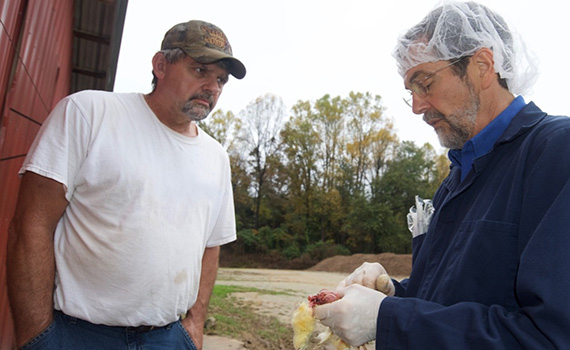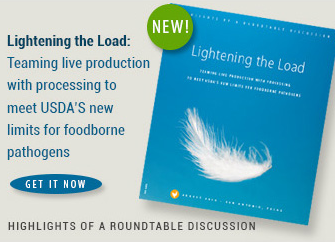VCPR: Should poultry vets follow state or federal guidelines when issuing VFDs?
Under the veterinary feed directive (VFD) rule, licensed veterinarians issuing VFDs will be expected to operate in compliance with either their state-defined veterinary-client-patient relationship (VCPR) or the federally defined VCPR. But how do they know which one to follow?
According to FDA, state definitions apply if they include key elements of the federally defined VCPR. If state definitions do not include those key elements — or in states that don’t require a VCPR to issue a VFD — then veterinarians are expected to operate within the context of the federal definition.
There are three key elements in the federally defined VCPR[1]:
- Veterinarians engage the animal producer or caretaker to assume responsibility for making clinical judgments about flock health.
- Veterinarians have sufficient knowledge of the animals by conducting examinations and/or visits to the facility where the animals are managed.
- Veterinarians provide necessary follow-up evaluation or care.
FDA has been working with state regulatory authorities to verify which states do and do not have VCPR definitions that contain the federally defined key elements. The agency has also compiled a handy reference list where veterinarians can check to see if their state or the federal definition applies.[2]
[1] Veterinary Feed Directive Requirements for Veterinarians. FDA.gov
http://www.fda.gov/AnimalVeterinary/DevelopmentApprovalProcess/ucm455416.htm Accessed December 17, 2015
[2] Does the State or Federal VCPR Definition Apply to a Lawful VFD in my State? FDA, USDA. http://www.fda.gov/AnimalVeterinary/DevelopmentApprovalProcess/ucm460406.htm Accessed December 18, 2015
Posted on March 28, 2016

















